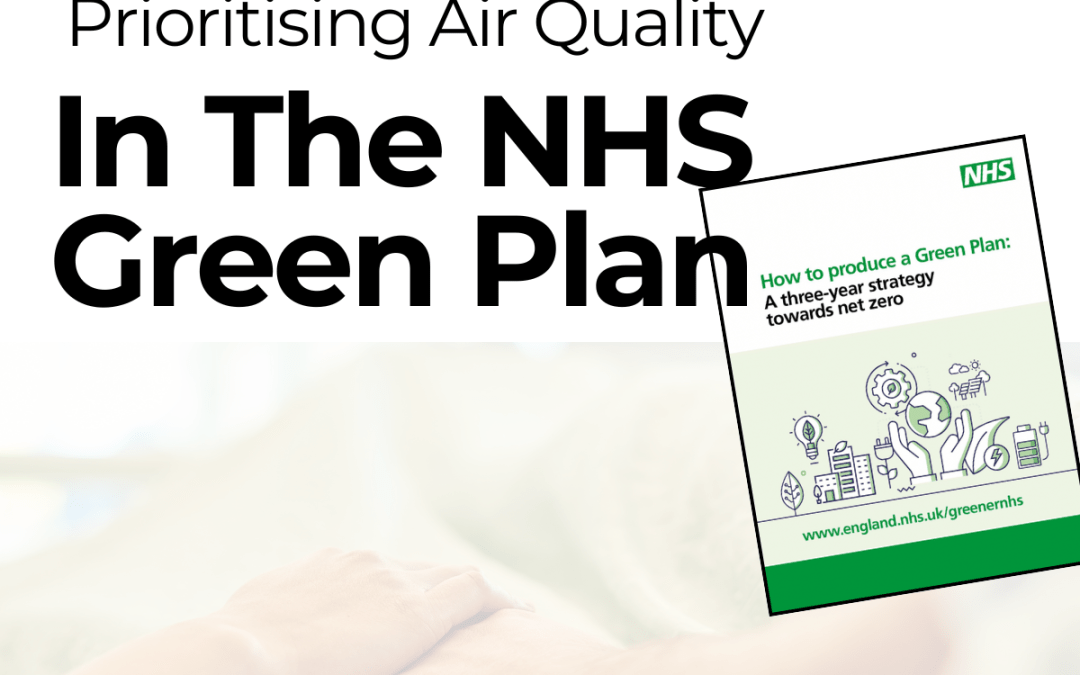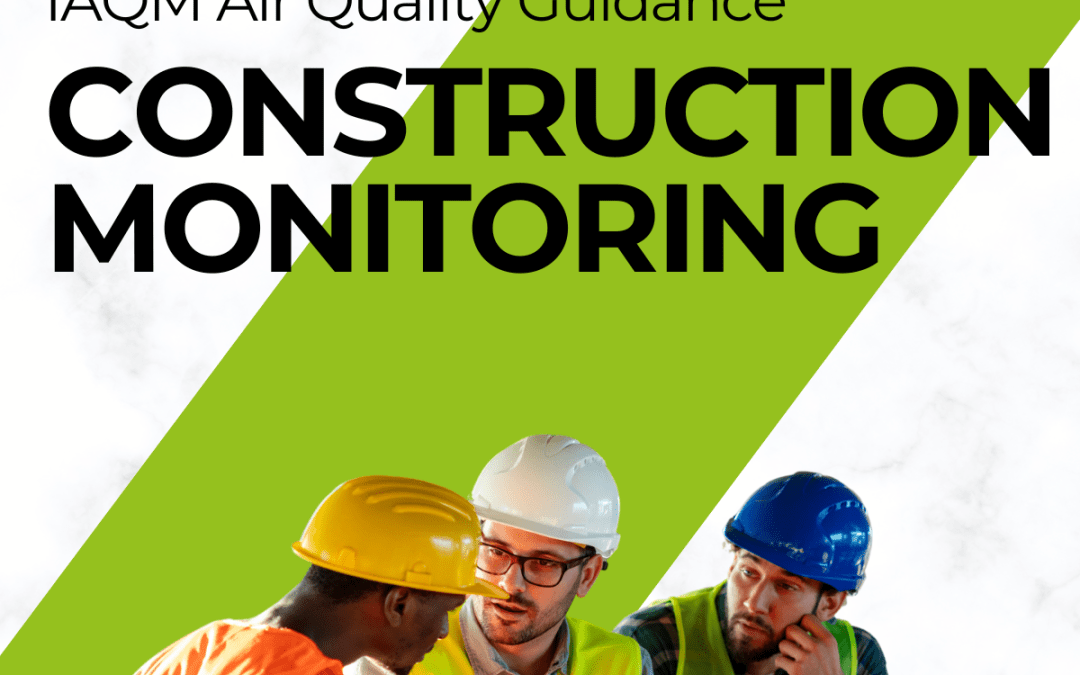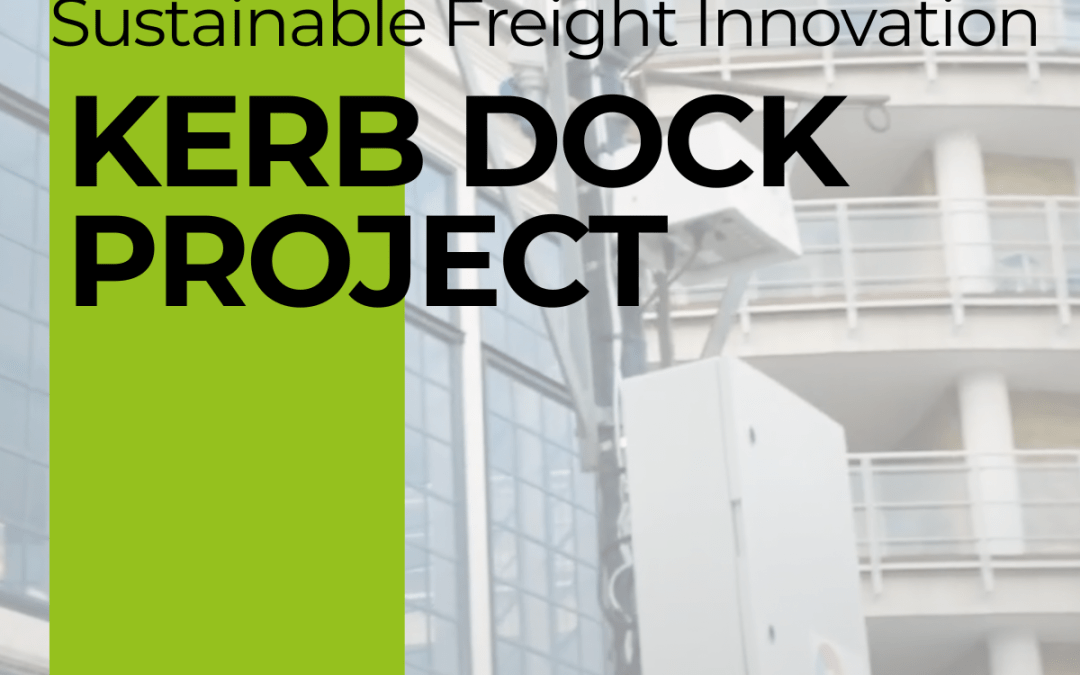[Updated August 2020 – COVID-19 has put a spotlight on the link between respiratory health issues and air quality with emerging evidence linking air pollution to an increased vulnerability to COVID-19. With increasing temperatures that elevate poor air quality, this requires urgent action to reduce congestion and maintain the benefits of cleaner air we experienced during lockdown. If you are interested in learning how you can take targeted daily action to improve air pollution from transport please contact us]
you have been living under a rock for the last few weeks, you can’t help but notice that it has been rather hot in the UK. With temperatures topping a balmy 34C here in London last Thursday, on top of a warm and dry spell lasting several weeks, summer is well and truly here.
The weather has a long established, and well-known, impact on local air quality in the short term. Whilst vehicles are the primary source of air pollution in some instances, the weather and local topography can play a role in how it builds up in an area. For instance, when the air is still, pollutants can build up in a city as opposed to being dispersed by the wind. Photochemical reactions (e.g. Ozone) are also much stronger when it is sunny and warm compared to when it is raining or cold.
The impacts of the weather can be severe. In a study in the US, it was estimated that between 1994 and 2012, 20900 premature deaths could be attributable to the impact of weather on air quality. In a world that is getting hotter every year, and with the weather looking like it is going to warm up again this week, health professionals are worried.
More practically, this presents a challenge to freight operators. On days where the weather conditions are likely to result in air pollution becoming more concentrated, how can you be certain that your fleet is breaching the statutory air pollution limits? Could it not just be the background pollution that is doing this?
Questioning like this is understandable, but the detection technology has come some way in the time that i have been involved in air quality. The likes of the London Air Quality Network have been detecting background air pollution levels since 1993, and consequently have a good understanding of estimated background pollution during various weather events. When coordinated with vehicle GPS technology and validated with other sensors, this gives a reliable indication as to whether individual vehicles are breaching emissions limits, even when air pollution levels are high.
Local authorities are also investing in much more accurate fixed and mobile monitoring equipment. The quality of this equipment never fails to amaze me, monitoring background pollution with increasing accuracy, over long time periods. Whilst your vehicles may be just a few in several thousand that use a road every day, local authorities have a detailed knowledge of the sum of this air pollution on their networks.
Finally, variance in vehicle engine performance is well established. If looking at it from a totality of pollution, all vehicles appear equal. But some are more equal than others. So whilst a single HGV driving down a road on a hot day may appear no different to others doing the same on the same day, one that runs a poorly-maintained Euro V engine with the driver revving the engine consistently will contribute to the issue far more than another.
This is why data collected over an extended period is key. If you understand the performance on your fleet and drivers over time, accounting for good and bad weather days, you are then able to take management decisions on days where air pollution is forecast to be particularly poor.
In fact, I would go one step further. On days where the weather conditions mean that air pollution is likely to be worse, operators should be inspired to manage their fleets more proactively and carefully. With insights from the data produced on their fleets, on these days they can brief drivers on the importance of low emission driving behaviour, switch their fleet deployment to lower emission vehicles (if they can), and review whether routes can be optimised further.





